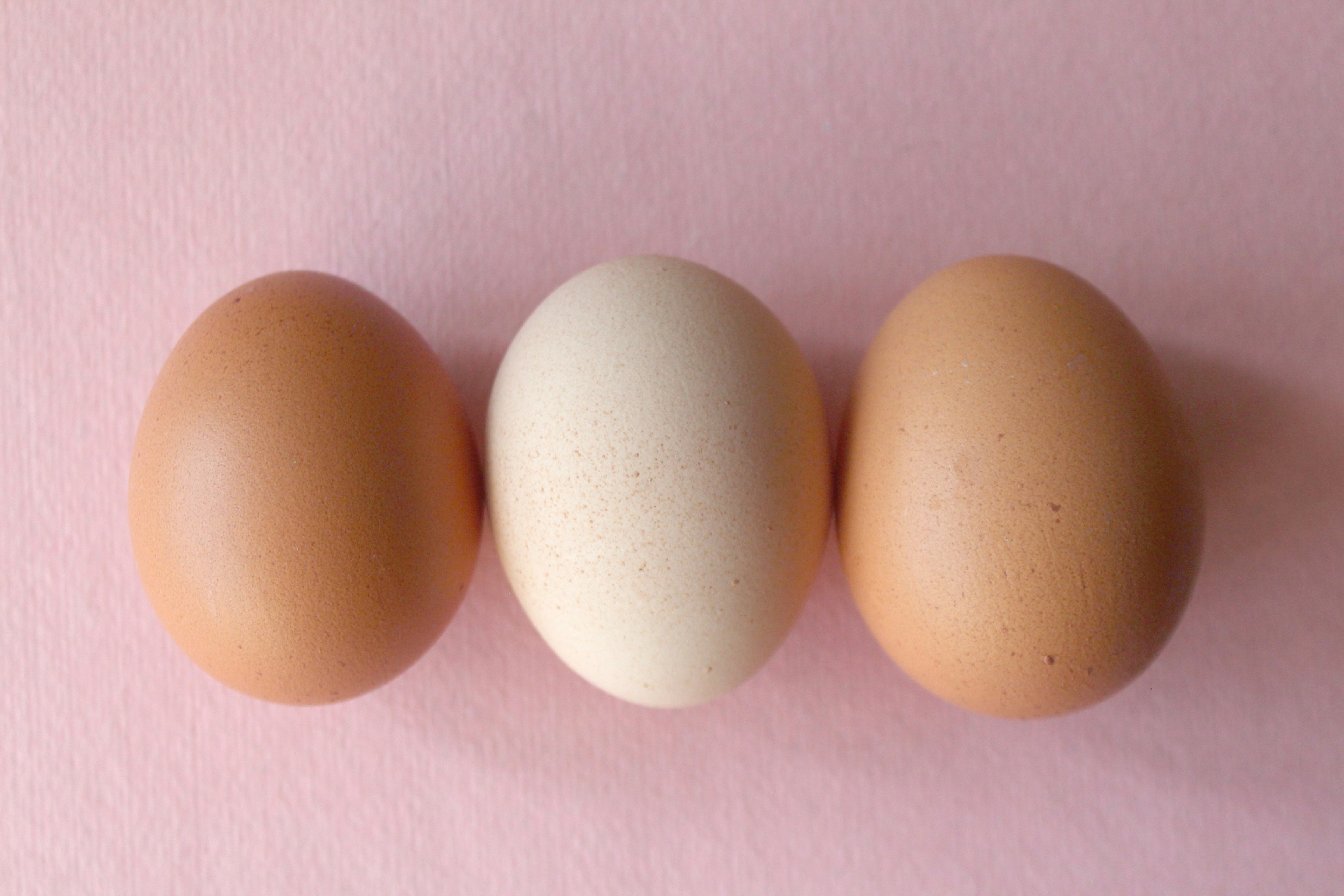
Introduction
In the world of poultry products, a common question that often arises is: what’s the difference between brown eggs and white eggs? This article aims to demystify this topic by comparing and contrasting these two types of eggs based on eight key features: color, nutritional value, taste, shell thickness, price, farming practices, yolk color and size. We will delve into each feature in detail to provide a comprehensive understanding of how brown eggs stack up against white ones. Whether you’re an egg enthusiast or just curious about your breakfast choices, this comparison should offer some valuable insights.
Color
The most obvious difference between brown and white eggs is their color. The color of an egg is determined by the breed of the hen that lays it. Hens with white feathers and earlobes typically lay white eggs, while hens with red or brown feathers and matching earlobes lay brown eggs. It’s important to note that the color of an egg has no bearing on its quality, nutritional value, or taste. The variation in color is purely a result of genetic differences among chicken breeds.
Nutritional Value
When it comes to nutritional value, there is virtually no difference between brown and white eggs. Both types of eggs contain similar amounts of protein, fat, vitamins, and minerals. The diet of the hen can influence the nutritional content of an egg more than the color of its shell. For instance, hens that are fed a diet rich in omega-3 fatty acids will lay eggs with higher levels of omega-3s. Therefore, when choosing between brown and white eggs for their nutritional benefits, either choice would be equally beneficial.
Taste
The taste of an egg is not determined by the color of its shell, but rather by the hen’s diet. Hens that are allowed to forage on pasture may produce eggs with a richer flavor compared to those fed a conventional diet of grain. This means that both brown and white eggs can have varying tastes depending on what the hens were fed. Therefore, if you’re choosing your eggs based on taste, it would be more beneficial to consider the farming practices and diet of the hens rather than focusing solely on egg color.
Shell Thickness
There’s a common belief that brown eggs have thicker shells than white ones. However, the thickness of an eggshell is primarily determined by the age of the hen rather than its breed or the color of the eggs it lays. Younger hens tend to lay eggs with harder shells, while older hens lay eggs with thinner shells. Therefore, you might find both brown and white eggs with varying shell thicknesses in your grocery store depending on the age of the hens that laid them.
Price
In many grocery stores, you may notice that brown eggs are often more expensive than white ones. This price difference is not due to the quality or nutritional value of the eggs, but rather the production costs involved. Hens that lay brown eggs are usually larger breeds that require more feed than their white-egg-laying counterparts. As a result, it costs farmers more to raise these hens and this cost is passed on to consumers in the form of higher prices for brown eggs.
Farming Practices
The farming practices can vary greatly between hens that lay brown eggs and those that lay white ones. However, the color of the egg is not a reliable indicator of how the hen was raised. Both brown and white eggs can come from hens that were raised in cage-free, free-range, or organic environments. It’s also possible for both types of eggs to come from hens that were kept in more confined conditions. Therefore, if you’re concerned about animal welfare, it’s best to look for labels like “organic”, “free-range”, or “cage-free” rather than relying on egg color.
Yolk Color
The color of an egg’s yolk can range from a pale yellow to a deep orange, but this has nothing to do with whether the egg is brown or white. Instead, yolk color is determined by the hen’s diet. Hens that eat a diet rich in yellow-orange plant pigments known as xanthophylls will lay eggs with darker yolks. This means that both brown and white eggs can have varying yolk colors depending on what the hens were fed.
Size
The size of an egg is determined by the age and breed of the hen, not the color of the egg. Younger hens tend to lay smaller eggs, while older hens lay larger ones. Additionally, larger breeds of chickens typically lay larger eggs than smaller breeds. Therefore, both brown and white eggs can come in a variety of sizes. When purchasing eggs, it’s important to note that size classifications (like small, medium, large) are based on weight rather than dimensions.
Conclusion
Ultimately, the choice between brown and white eggs largely comes down to personal preference as there are no significant differences in terms of nutritional value, taste, or quality. The color of an egg is simply a result of the breed of the hen that laid it. Factors such as farming practices, diet of the hens, and age can have more impact on factors like taste, shell thickness, yolk color and size. Therefore, when choosing your eggs, consider these aspects rather than focusing solely on the color.